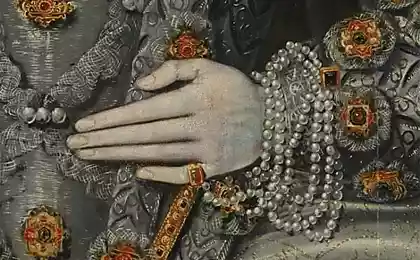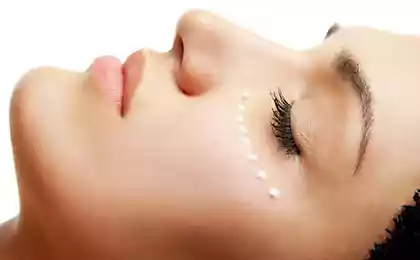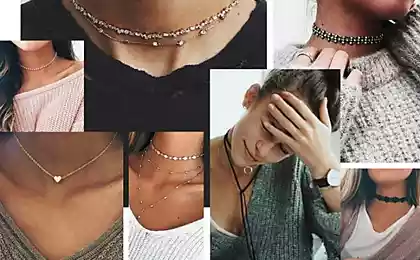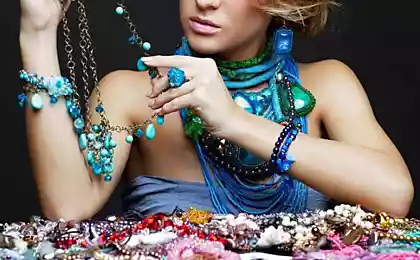120
The antique touches his tongue, looking at Soviet jewelry with rubies, immediately removes them from view
The jewelry box of almost every grandmother is full of surprises. What can not be found there: from family antiquities, the value of which is difficult to estimate, to old gold crowns. But Soviet rubies At one time decorated the wardrobe of each fashionista.
Soviet rubies
Ever since I was a child, when I was left at my grandmother’s house, I loved watching her earrings with rubies. Large red stones sparkled brightly in the sun. They seemed to me something very ancient and interesting. But after many years, I learned that with these jewelry things are not so simple.

Surely everyone in the house from his grandmother left some jewelry with rubies. Everyone then had such earrings, rings and less pendants. So some of these jewelry costs thousands, and some jewelers will not even look. What's the reason?

Natural red rubies are very expensive. Their price can reach 500 conventional units per carat. That’s why we learned to grow stones in laboratories more than 100 years ago. And these stones are already worth a penny. And it is from such stones that a large number of jewelry of Soviet and even tsarist times are made.
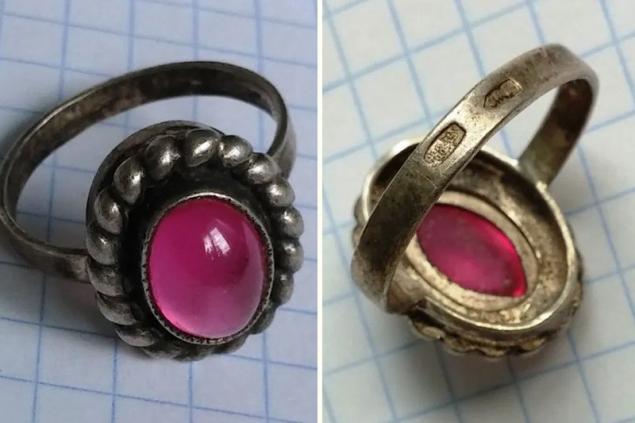
That's it. Of course, it is quite possible that your grandmother's casket contained precious stones without impurities and cracks. But, most likely, these stones are a product grown in conditions of increased sterility. The production of such jewelry was spread throughout the Soviet Union, and the price of them varies greatly depending on the factory in which they were made.
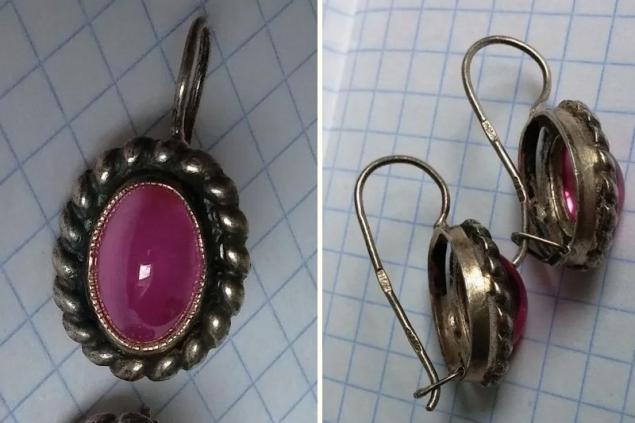
But in one thing, you can not refuse the rings and earrings of our grandmothers. They did it really well, literally for centuries. For some gaggy design often hides the desire of the then jewelers to make the most durable fasteners, and the stones to insert so that did not fall out at the most inopportune moment.
Need, of course, can force you to sell the contents of family boxes. But no appraiser can appreciate the memory and history behind these things.
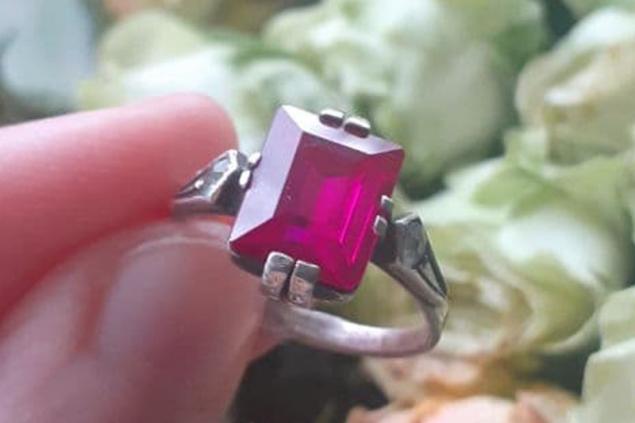
Does your family have Soviet rubies? Write about it in the comments.
Soviet rubies

Ever since I was a child, when I was left at my grandmother’s house, I loved watching her earrings with rubies. Large red stones sparkled brightly in the sun. They seemed to me something very ancient and interesting. But after many years, I learned that with these jewelry things are not so simple.

Surely everyone in the house from his grandmother left some jewelry with rubies. Everyone then had such earrings, rings and less pendants. So some of these jewelry costs thousands, and some jewelers will not even look. What's the reason?

Natural red rubies are very expensive. Their price can reach 500 conventional units per carat. That’s why we learned to grow stones in laboratories more than 100 years ago. And these stones are already worth a penny. And it is from such stones that a large number of jewelry of Soviet and even tsarist times are made.

That's it. Of course, it is quite possible that your grandmother's casket contained precious stones without impurities and cracks. But, most likely, these stones are a product grown in conditions of increased sterility. The production of such jewelry was spread throughout the Soviet Union, and the price of them varies greatly depending on the factory in which they were made.

But in one thing, you can not refuse the rings and earrings of our grandmothers. They did it really well, literally for centuries. For some gaggy design often hides the desire of the then jewelers to make the most durable fasteners, and the stones to insert so that did not fall out at the most inopportune moment.
Need, of course, can force you to sell the contents of family boxes. But no appraiser can appreciate the memory and history behind these things.

Does your family have Soviet rubies? Write about it in the comments.
Grandma said she would leave the apartment to me, but my mother meanly took it and did not give it to me.
What you need to eat in the morning to radiate happiness, and in the afternoon to move mountains


